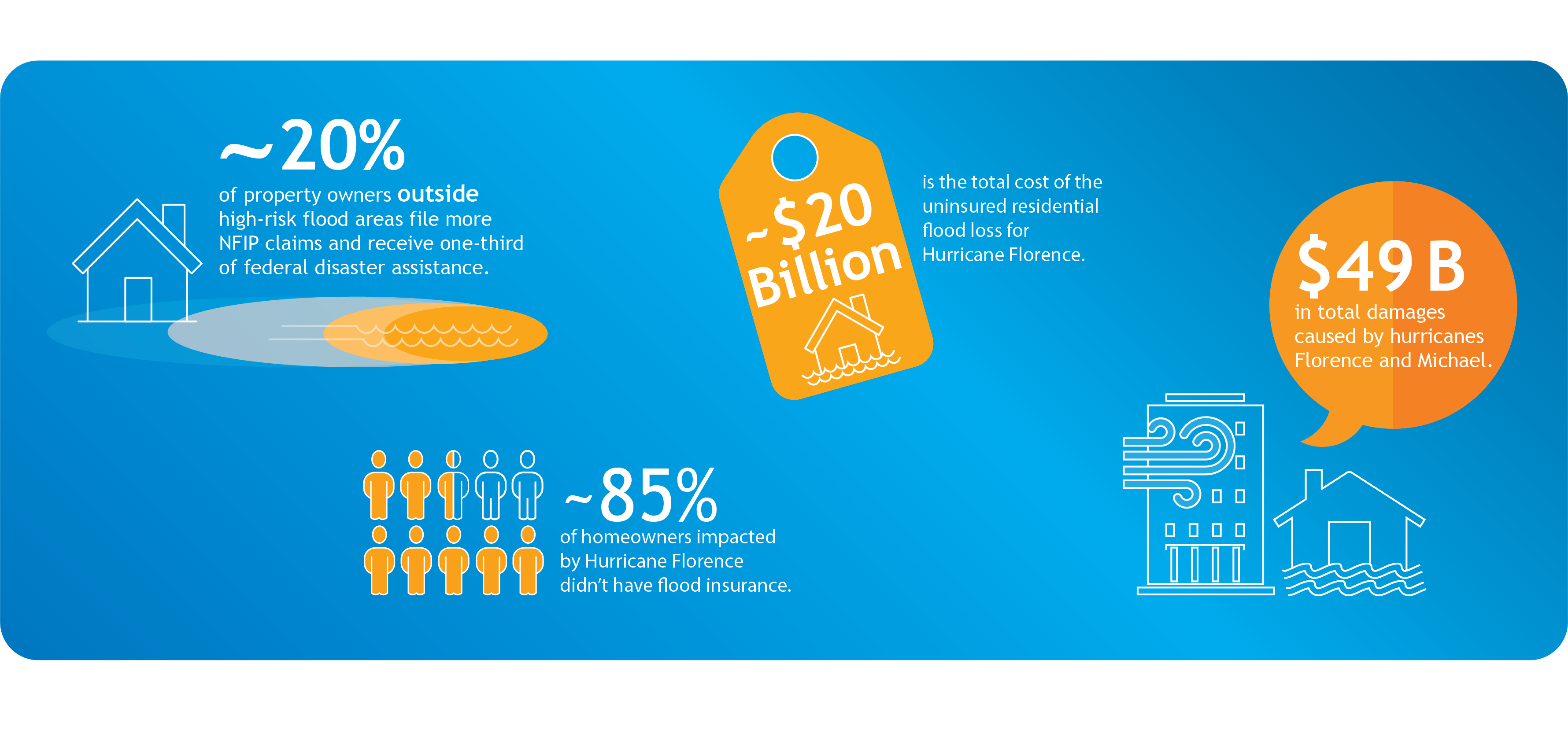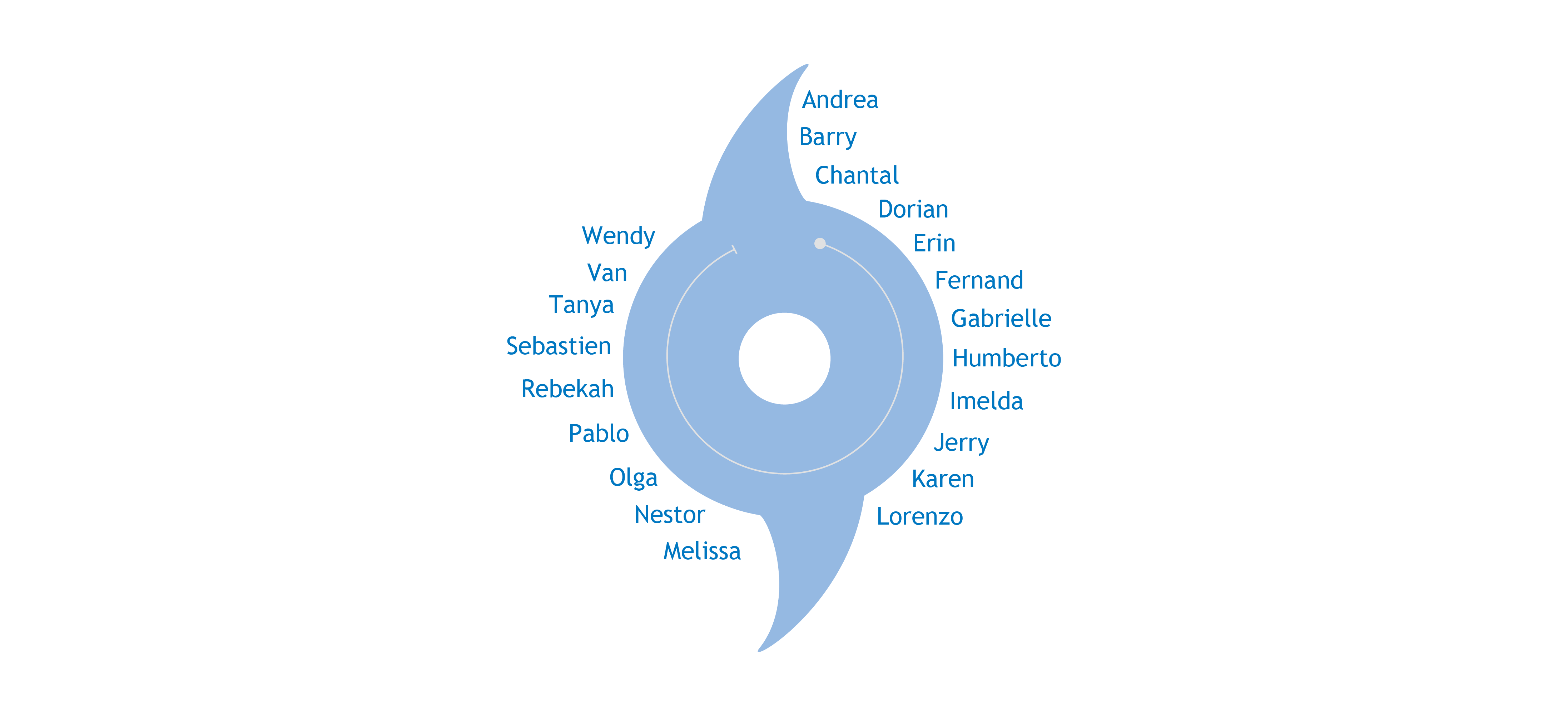As this hurricane season approaches, we’re focused on helping agents address these questions:
- What can I expect this hurricane season?
- How can I help policyholders prepare for an active hurricane season?
- How can I protect my flood book year-round?
We discussed this with a diverse group of flood experts here at Assurant. This included hydrologists, flood field agents, senior flood leaders and our on-staff meteorologist. Here are the answers we can offer to those questions.
What to Expect This Hurricane Season
Hurricanes are the byproduct of air and warm water gone wrong. North of the equator, air above the surface of the ocean takes in moisture and heat. As that warm air rises, a pressure region forms below it. Hurricanes are formed as the cycle repeats with high pressure air moving into regions of low-pressure air, heating up, rising and then producing whirling air.
So far, the Tropical Meteorology Project at Colorado State University is calling for a near-average Atlantic hurricane season. They are predicting 13 named storms during the hurricane season, which runs from June 1 to November 30. Of those, researchers expect five to become hurricanes and two to reach major hurricane strength with sustained winds of 111 miles per hour or greater.
Remember, it doesn’t matter how many storms are predicted, it only takes one to make landfall and turn it into an active season for those homeowners.
2019 Atlantic Hurricane Names
How to Help Policyholders Prepare for an Active Hurricane Season
As we prepare for the hurricane season, flood insurance is critically important. Last year’s hurricane season proved that. If customers ask you about dropping their flood policies, make sure they understand that flood insurance is essential to protecting their assets. The last couple of hurricane seasons had a devastating impact on uninsured properties, costing a record amount.
Share these statistics* with policyholders and prospects to help them understand the importance of flood insurance.

Protect Your Flood Book Year Round
With last year’s hurricane season almost a year behind us, the policies you acquired last year, as well as existing policies, will be up for renewal. While we typically see many disaster-inspired policies drop off at first renewal, talking to your policyholders can make a difference. In addition to the stats above, make sure your policyholders know the following:
- All 50 states have experienced flash flooding in the last five years.
- More than 20% of flood claims come from properties outside high-risk flood zones.
- Just a few inches of water can cause tens of thousands of dollars in damage.
- If your property is grandfathered into a lower risk zone than FEMA’s current flood maps, and you let your policy lapse, you could lose this benefit.
- Disaster Assistance is not free money — the most common form of assistance is a low-interest SBA loan.
- Flood insurance pays claims even if there isn’t a Presidential Disaster Declaration.
- Customers may be able to decrease the cost of their premium while maintaining flood protection with private flood insurance.
Visit Assurant.com/flood to learn more.
* Sources: FEMA, NOAA, CoreLogic


